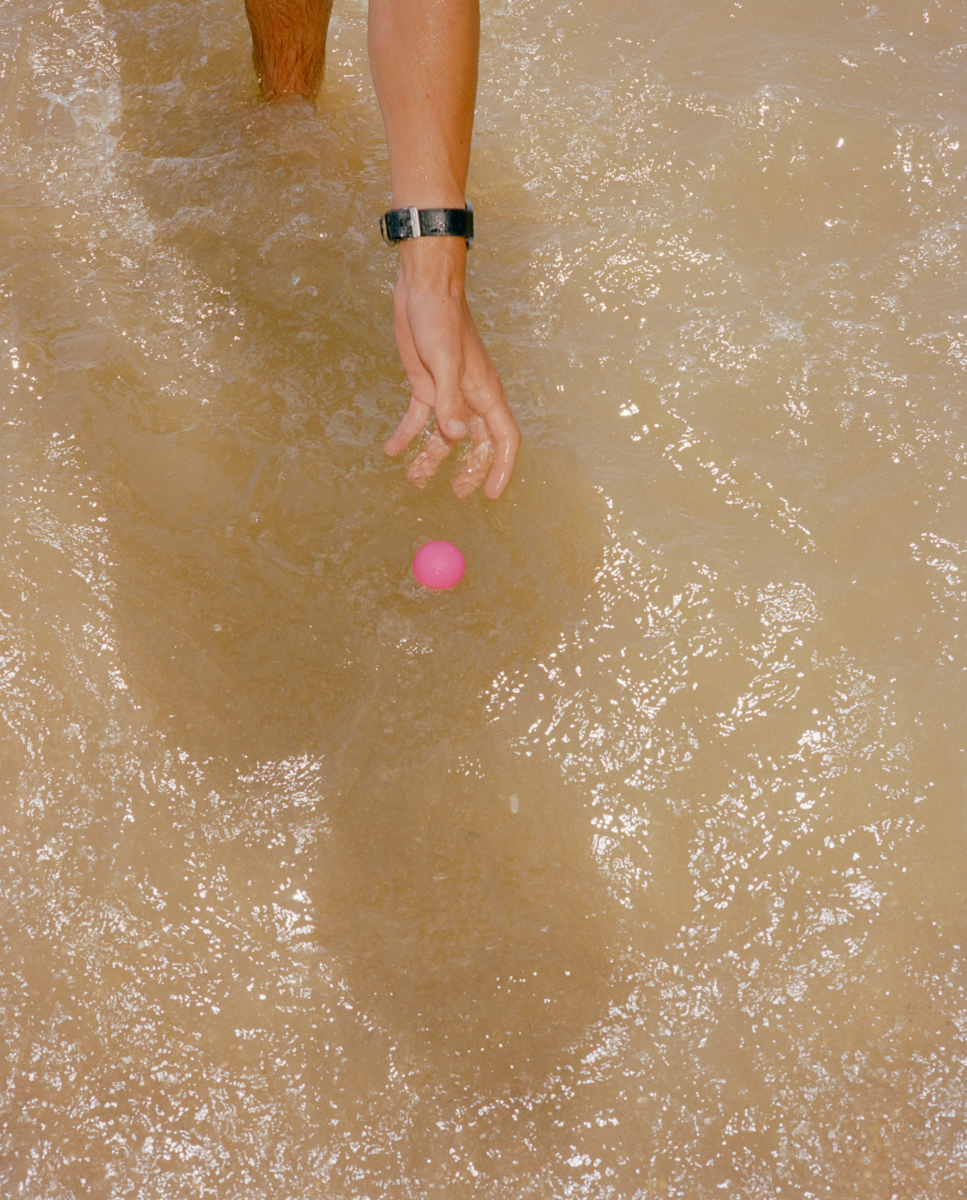Specials
Specials is a virtual space dedicated to writing on photography, showcasing unique content, projects and announcements.
No Pleasure Cruise by Sjoerd Houben
Nov 06, 2019 - Gita Cooper-van Ingen
‘No Pleasure Cruise’ is a photographic body of work by Sjoerd Houben, in which he questions how the medium itself might deal with abstract concepts and the way these concepts find their way back into the image.
‘The World Happiness Report’ is a landmark survey which looks at the state of global happiness. The report is based on several variables, all of which have been found to support happiness. These variables are measurable, quantifiable and controllable. The final product of this report is a list. The higher the placement on the list, the happier the country. To a certain degree the ‘World Happiness Report’ can be seen as a means to control happiness. As an attempt to decipher the age-old ‘happiness formula’. But what if, this linear way of thinking, inherent to the setup of this survey, is not the road to happiness. Happiness is hardly a modern concept, or a modern ideal. It has been sought after and in turn perceived in a multitude of ways throughout history. Like the report, Western civilization nowadays sees happiness something within its power, a reachable goal.
Today happiness is a term interrelated with the idea of well-being and ‘the good life’ and it has become a politicized subject. This wasn’t always the case,– through history there have been differing perceptions. Antiquity dismissed human agency, happiness was the whim of the gods, the gift of good fortune, the determination of fate, later Greek art visualized happiness as being a transcendent almost godlike state, whereas during the Byzantine era art set forth the idea of happiness as neither an intellectual nor an ideal condition, but rather as emotive and sensuous states. In the Middle Ages, happiness was employed as a warning and became part of the afterlife, rather than life on earth. The modern world has reconceptualized happiness in a fundamental shift in meaning. The term nowadays is clearly tied to economic growth and consumerism – developments and phenomena that started off in the eighteenth century and have extended since then. Allegories have evolved into spiritual images, which in turn gradually transformed into realistic and worldly representations of happiness. In the twentieth century they were recomposed as transcendental, as visuals that suggest an idea of happiness.
[ Milano, R. “Happiness: A(rt) History” In R. Milano & W. L. Barcham, Happiness or Its Absence in Art. Newcastle Upon Tyne: Cambridge Scholars Publishing, 2013. p.9 ]
Allegories and visual symbolism from various time periods are taken by Houben, their meaning and workings questioned and analyzed. Houben then places them in a context connected to the current western happiness thinking. Through colours and poses Houben plays with existing structures and ideas. As western civilisation has entered an age where practical manuals provide people with instructions on how to become happy, be happy and stay happy, transcendent ideas are expected to provide a tangible experience. This experience can then be interpreted into a second of self – awareness. Houben’s image are akin to this tangible experience and the following moment of self – awareness, they allow reflection and offer space for discussion.
Getting back to happiness in relation to a linear way of thinking; ‘No Pleasure Cruise’ is setup according to Houben’s firm belief in happiness as a rhizomatic concept. There is no cosmic order in which a thing is in its perfect instantiation, there is not one perfect way of getting things done. There is not one state of being of a certain subject, it’s fluid, it’s subjective. The work evolves in an associative and organic manner; connecting various subjects that at first sight don’t seem to overlap. The subjects are chosen from a range of Houben’s relations, some intimate and close, others more distant and removed. He doesn’t focus on the relationship with his subjects, but uses a sense of tension as a means of forming connections between images. For Houben, the series isn’t just a form of research into the subject of happiness, but was a way of exploring his values and beliefs connected to todays’ societal pressures and systems at work. To him, the personal is linked with the political and social.
Sjoerd Houben (b. 1990, NL) is an artist based in Amsterdam, the Netherlands. His work mainly explores abstract structures in societal systems. Using various research methods Houben builds up a complex web of subjects and connects a multitude of subjects to the core subject and concept. Houben is interested in what the medium of photography has to offer in terms of concept forming and visual substance. He questions how the photographic medium deals with abstract concepts and the way these concepts find their way back into the image.
You can purchase a copy of the book here



















